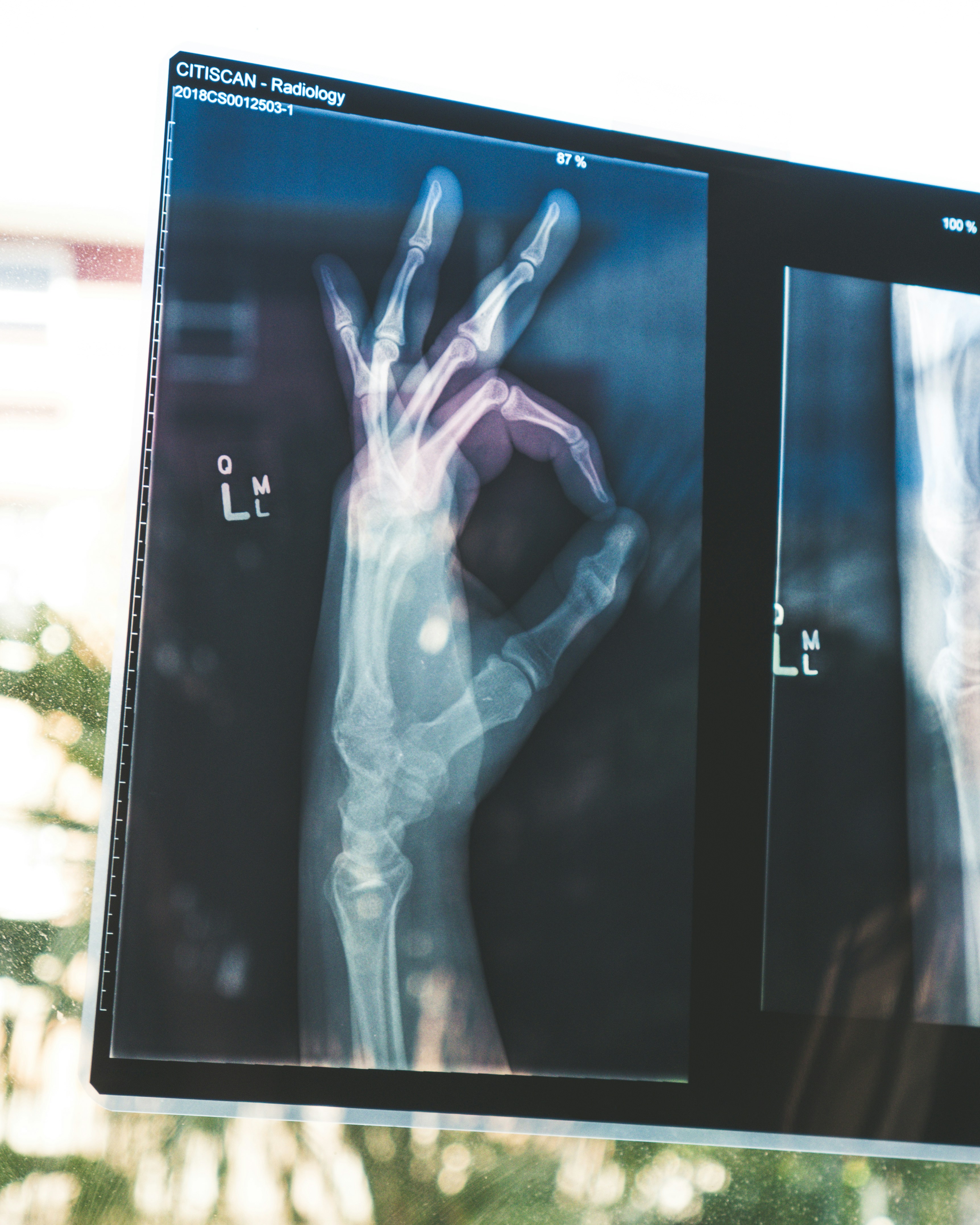Summary:
Adverse event (AE) detection in pharmacovigilance is being transformed by social listening, which enables safety teams to identify potential product safety issues in real-time by analyzing patient conversations on social media, forums, and blogs. Unlike traditional methods that often involve delayed reporting, social listening provides early signal detection, captures diverse patient experiences, and interprets symptoms in natural language. However, to be effective and compliant, AE detection via social listening must adhere to strict regulatory standards (e.g., GVP Module VI, GDPR, HIPAA) and use secure, validated workflows combining AI and human review. RILA GLOBAL CONSULTING leads in this space with globally compliant, AI-driven solutions that convert social data into actionable, ICSR-ready reports, helping pharmaceutical companies proactively manage risk and improve patient safety.
Adverse Event Detection Through Social Listening: A New Standard for Safety Teams
Pharmacovigilance has always been about protecting patients, but the way we identify and report Adverse Events (AEs) is evolving rapidly. In the past, safety teams primarily relied on clinical trial data, spontaneous regulatory reports, and post-marketing surveillance. While these remain essential, they often present time lags between when an event occurs and when it is officially reported.
Today, social listening is emerging as a new standard for real-time adverse event detection, giving safety teams earlier visibility into potential product safety issues.
Why Social Listening is Critical for AE Detection
Social listening involves systematically tracking and analyzing conversations across social media, online forums, blogs, and patient communities. For pharmacovigilance teams, this offers several unique advantages:
- Real-Time Insights – Patients often discuss symptoms and treatment experiences online before reporting them to a healthcare provider.
- Broader Patient Reach – Social media captures perspectives from diverse, global populations.
- Natural Patient Language – Understanding how patients describe their experiences in their own words helps in more accurate AE interpretation.
- Early Signal Detection – Identifying emerging trends before they escalate can help mitigate risk faster.
Compliance Matters: AE Detection the Right Way
While the benefits are clear, adverse event detection via social listening must be compliance-driven:
- GVP Module VI Alignment – Ensuring all detected AEs are processed and reported according to regulatory requirements.
- Privacy & Data Security – Adhering to GDPR, HIPAA, and country-specific privacy laws.
- Secure Workflows – Partnering with agencies that are SOC 2 Type II and ISO 27001-certified for safe handling of safety data.
- Validated Processes – Using AI-assisted detection paired with human medical review to ensure accuracy.
From Social Post to ICSR-Ready Report
A compliant adverse event detection workflow via social listening should include:
- Monitoring – AI-powered scanning of global public digital sources.
- Identification – Detecting potential AE mentions in patient or HCP posts.
- Triage – Medical review to determine if the case meets reporting criteria.
- Documentation – Capturing all relevant details for audit-readiness.
- Reporting – Preparing ICSR-ready cases for submission to regulatory bodies.
How RILA GLOBAL CONSULTING Sets the New Standard
At RILA GLOBAL CONSULTING, we have developed pharmacovigilance-ready social listening workflows that meet the strictest global safety requirements. Our capabilities include:
- AI-enhanced AE detection with medical validation
- SOPs aligned with GVP Module VI, GDPR, and HIPAA
- SOC 2 and ISO-certified security protocols
- Multilingual monitoring for global reach
- Integration of social listening data into congress-ready research for major medical conferences, including ASCO, ESMO, and SABCS
We go beyond detection—turning raw digital signals into scientifically credible, regulatory-compliant insights that inform decision-making across safety, medical, and commercial teams.
The Future of Adverse Event Monitoring
The pharmaceutical industry is moving toward proactive, technology-enabled pharmacovigilance. By embracing social listening, safety teams can detect safety signals earlier, protect patients better, and reduce regulatory risk.
Looking to modernize your adverse event detection strategy?
Contact us today!


































































































